UL Approved Natural gas detector fixed combustible LPG gas detector
Description:
The 2 or 3 or 4 wire, 4-20mA and RS485 MODBUS output K800 series fixed device provides continuous detection and monitoring of gases for a wide range of industrial environments. The fixed gas detector adopts advanced catalytic gas sensor or electrochemical sensor, which can translate the gas concentration in the air to the digital signal output. Application The detector working with gas controller are widely used to detect gas in refinery, chemical plant, LPG station, boiler room, painting plant and other places with gas exists, effectively protect personnel and plant from flammable, toxic and oxygen hazards.
Key Features:
1) Digital and analog outputs
2) LED light status indicator for alarm conditions
3) The relay can trigger alarms or process controls
4) Three models available measure toxic gases, VOCs, or combustibles
5) Explosion-proof enclosure
6) CERTIFICATIONS: CE, CMC, Ex, MA (SAFETY CERTIFICATE OF APPROVAL FOR COAL MINING PRODUCTS IN CHINA 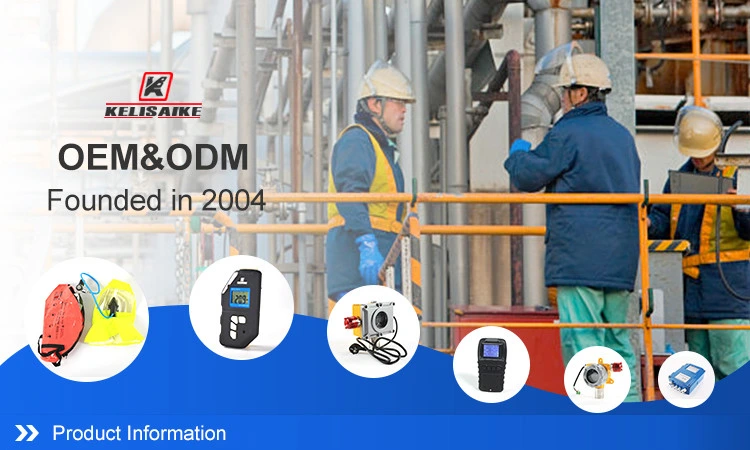
Technical Specifications:
| Sensor Cell: | UK sensors (brand CITY, Alphasense, Dynament etc.), US (brand Honeywell), Japan and Germany sensors |
| Working Life | 2-5years |
| Power supply | 24VDC |
| Output signal | 4-20mA standard industrial signal output |
| Operating temperature | -20°C~+50°C |
| Display | 4 digital LED readout display |
| Relative humidity | 15%~90% RH (non-condensing) |
| Atmospheric pressure | 86~106Kpa |
| Detection precision: | ±5%FS |
| Explosion-proof grade | Exd IICT6 |
| Dimension(mm): | 183×143×107mm |
| Warranty | 1 year |
| No. | Detection gas | Range | Accuracy | 90% response time | Min readout | Low/high alarm |
| 1 | PH3 | 0-5-2000ppm | ±5%(F.S) | ≤25s | 0.01ppm | 0.3/5ppm |
| 2 | O2 | 0-30% | ±5%(F.S) | ≤15s | 0.1%vol | 18.0%/23.0% |
| 3 | LPG(LEL gas) | 0-100%LEL | ±5%(F.S) | ≤5s | 1%LEL | 25.0%/50.0%LEL |
| 4 | CO | 0-1000 ppm | ±5%(F.S) | ≤25s | 1 ppm | 50ppm/100ppm |
| 5 | H2S | 0-100 ppm | ±5%(F.S) | ≤30s | 1 ppm | 10ppm/20ppm |
| 6 | CH4 | 0-100%LEL | ±5%(F.S) | ≤5s | 1%LEL | 25.0%/50.0%LEL |
| 7 | NH3 | 0-100ppm | ±5%(F.S) | ≤50s | 1 ppm | 25 ppm /50 ppm |
| 8 | O3 | 0-20ppm | ±5%(F.S) | ≤60s | 0.01ppm | 0.2ppm/0.4ppm |
| 9 | CI2 | 0-20 ppm | ±5%(F.S) | ≤30s | 0.1 ppm | 1 ppm /10 ppm |
| 10 | H2 | 0-1000 ppm | ±5%(F.S) | ≤60s | 1 ppm | 50 ppm /100 ppm |
| 11 | SO2 | 0-100 ppm | ±5%(F.S) | ≤30s | 0.1 ppm | 2 ppm /10 ppm |
| 12 | NO | 0-250 ppm | ±5%(F.S) | ≤60s | 1 ppm | 25ppm/50 ppm |
| 13 | NO2 | 0-20 ppm | ±5%(F.S) | ≤25s | 0.1 ppm | 3ppm/10ppm |
| 14 | Infrared CO2 | 0-5%vol | ±5%(F.S) | ≤60s | 0.1%vol | 1%vol/2%vol |
| 15 | Infrared CH4 | 0-5%vol | ±5%(F.S) | ≤60s | 0.1%vol | 0.1%vol/0.15%vol |
| 16 | Infrared C3H8 | 0-5%vol | ±5%(F.S) | ≤60s | 0.1%vol | 0.1%vol/0.15%vol |
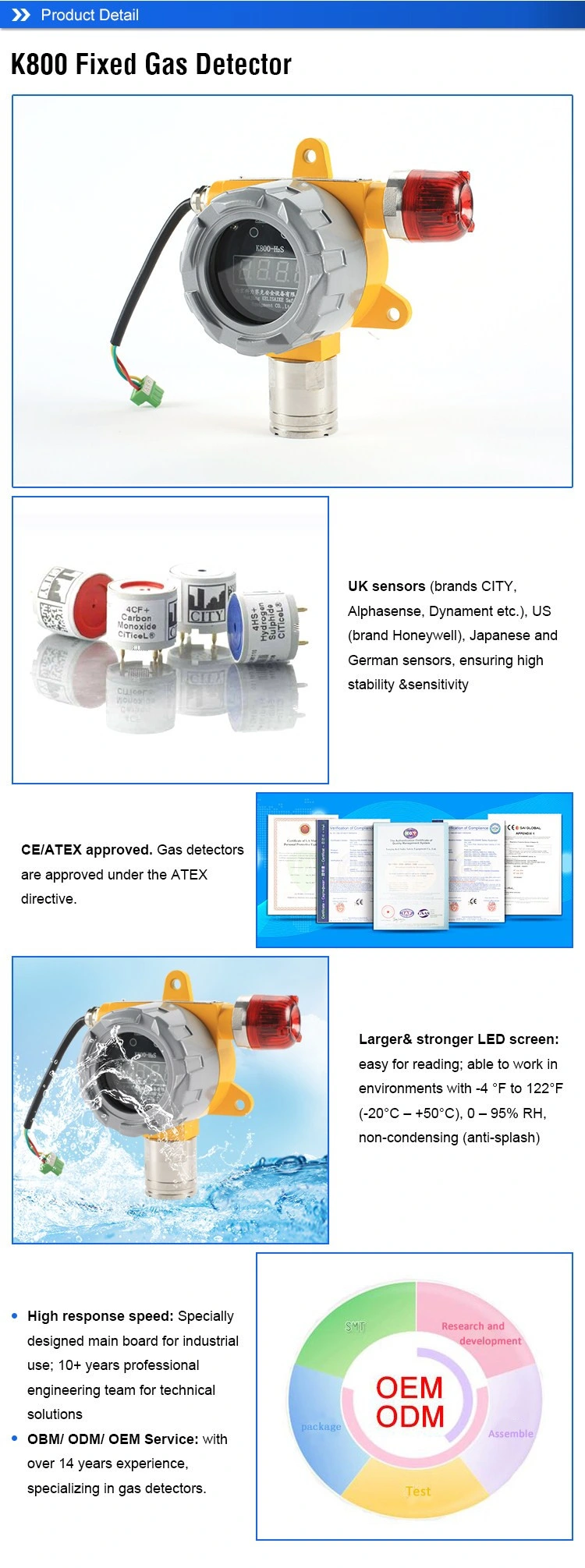
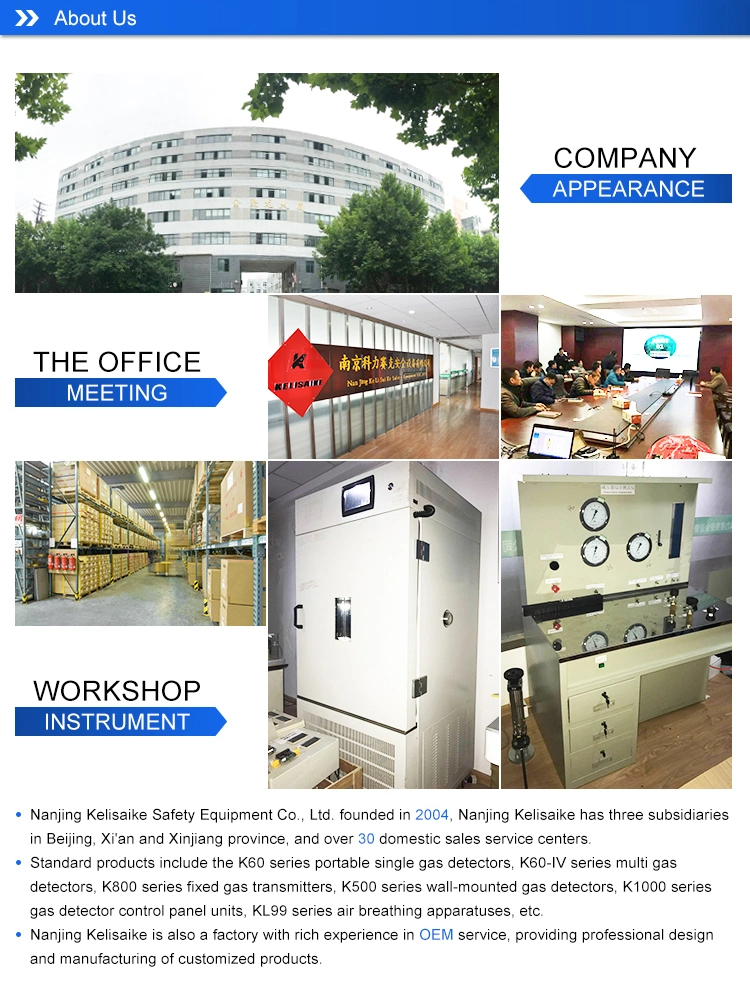
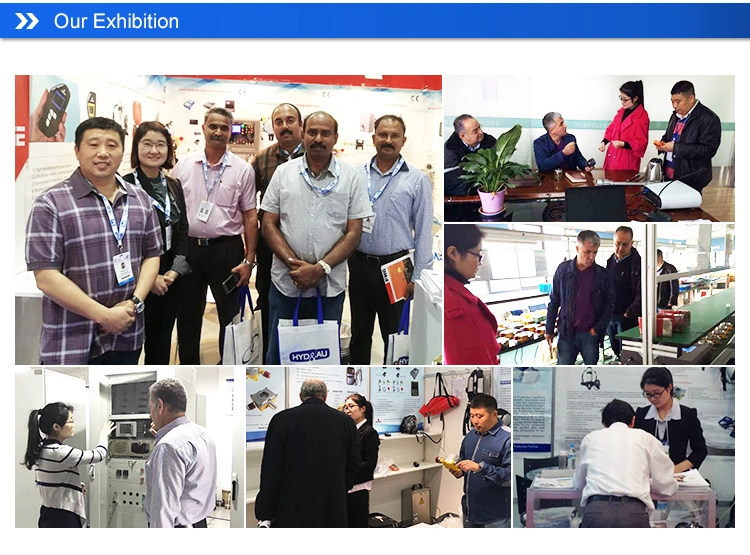
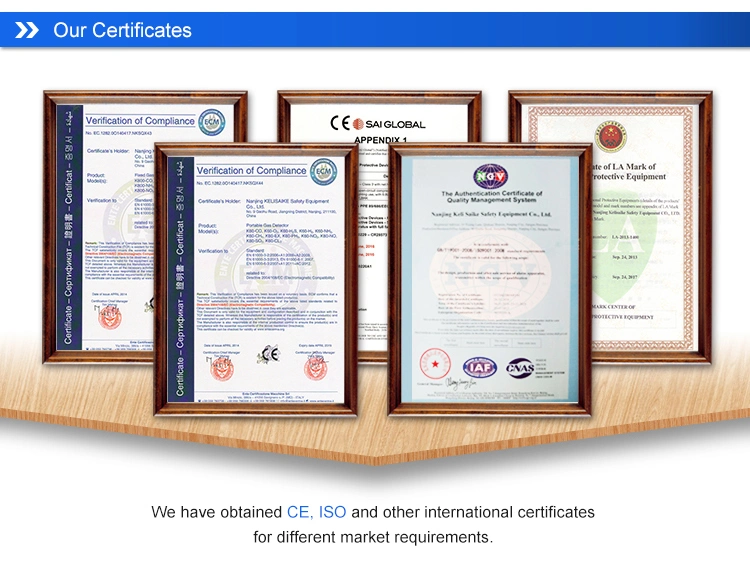
What are the dangers of Natural gas and how to use gas leakage detectors?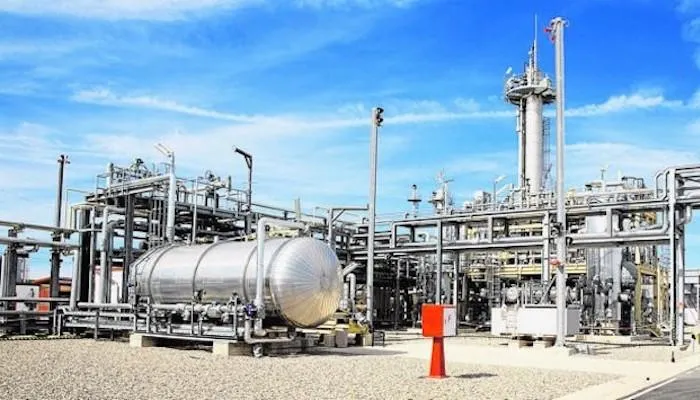
Learn more Natural gas which is a substance widely used in different areas of the industry.
What is natural gas?
Natural gas is a fossil fuel found in underground rock formations or in oil fields.
It is a compound substance, consisting of hydrocarbons methane (CH4), ethane (C2H6) and propane (C3H8) being lighter than air.
These hydrocarbons remain in a gaseous state in atmospheric conditions and are widely used by several consumer markets such as:
raw material in petrochemical industries,
thermoelectric power generation,
fertilizer production,
vehicular fuel - CNG.
Despite its high usability, it presents great dangers in case of leaks and prolonged exposure.
What are the dangers of natural gas?
Natural gas poses risks to the human body through inhalation, with no symptoms related to contact with the skin or other parts of the body.
Your danger will depend directly on the amount of gas present in the environment, as well as the ventilation of the place.
It is worth mentioning that the effects of natural gas are not only due to its exposure, but also due to asphyxiation.
Low levels
The first symptoms that employees exposed to a natural gas leak are:
Headache,
dizziness,
fatigue,
nausea,
irregular breathing.
In addition, when there is between 25% to 30% of the gas in the air, the lack of oxygen will cause ringing in the ear, euphoria and changes in behavior.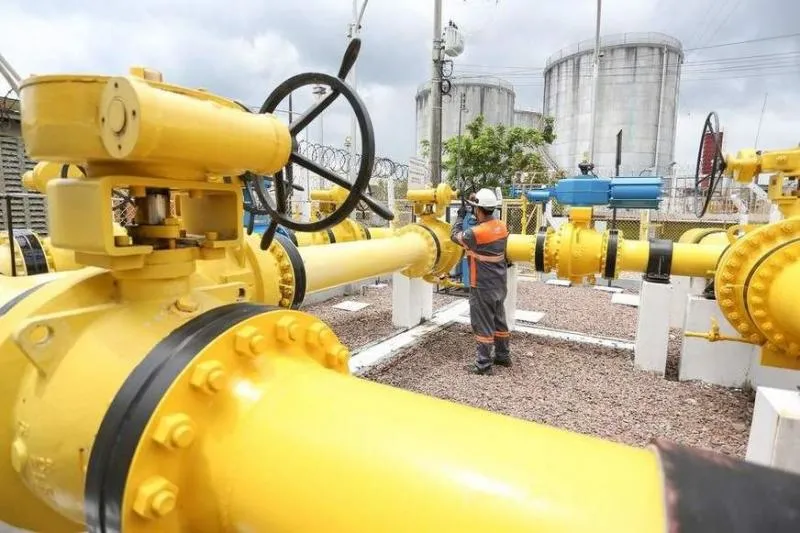
High levels
At high levels, the dangers posed by natural gas become greater.
Symptoms evolve quickly and can lead to death.
In general, the symptoms presented by both exposure and lack of oxygen are:
severe headache,
extreme fatigue and nausea,
memory problems,
loss of motor coordination,
loss of consciousness,
death by asphyxiation.
It is very important to note that in addition to these risks, natural gas is flammable and, within its explosive range, can cause large explosions, damaging the property and injuring people close to the explosion.
The leakage of natural gas can quickly become an explosive hazard. A concentration of 5% of the volume is enough to create an explosive atmosphere and with the presence of an ignition, it can ignite.
To avoid exposing employees to these risks, it is essential to have natural gas detectors that can quickly identify leaks, before harming the health of those working in the environment or causing explosions.
How to use natural gas detectors?
To use detectors efficiently, it is necessary to consider three aspects: the gases and hazardous materials in the environment, the properties of natural gas and the air flow of the location.
When working with natural gases or other fuels, there are some areas that are more susceptible than others.
Therefore, check all the equipment that is used and determine the points of possible leaks.
In addition, focus on the areas that are most frequented, such as boilers, compressors, cylinders and pipes.
As already mentioned, natural gas is lighter than air, so it is recommended that detectors be installed above the levels of windows and doors, places where the gas tends to accumulate during a leak.
Finally, one must consider the air flow of the environment to properly install the equipment.
Take into account the gas detection method and position it in the best possible location to ensure everyone's safety through constant monitoring of the flammability of the environment.
Any natural gas leak detection system should include audiovisual alarms to indicate the presence of the gas and give employees a chance to leave the facility before conditions become dangerous.
The detection of natural gas, as well as other flammable, toxic or oxygen gases, requires a more detailed study of the locations where the detectors will be installed.
Count on KELISAIKE SAFETY to choose the best natural gas detector! Contact us and learn more!